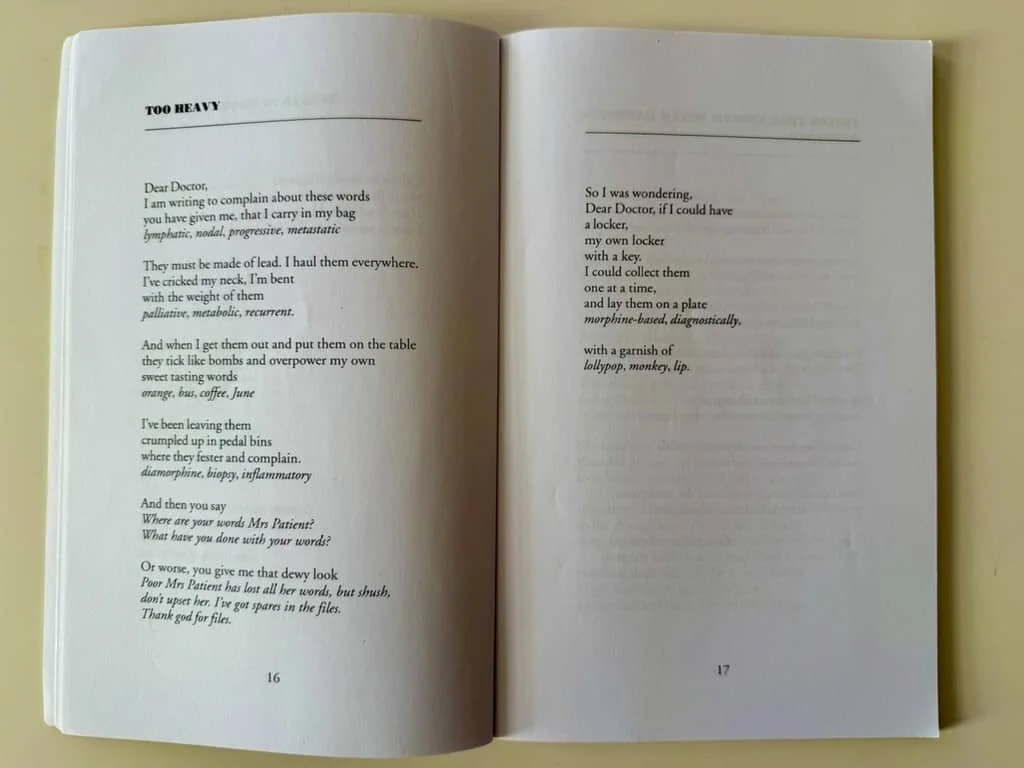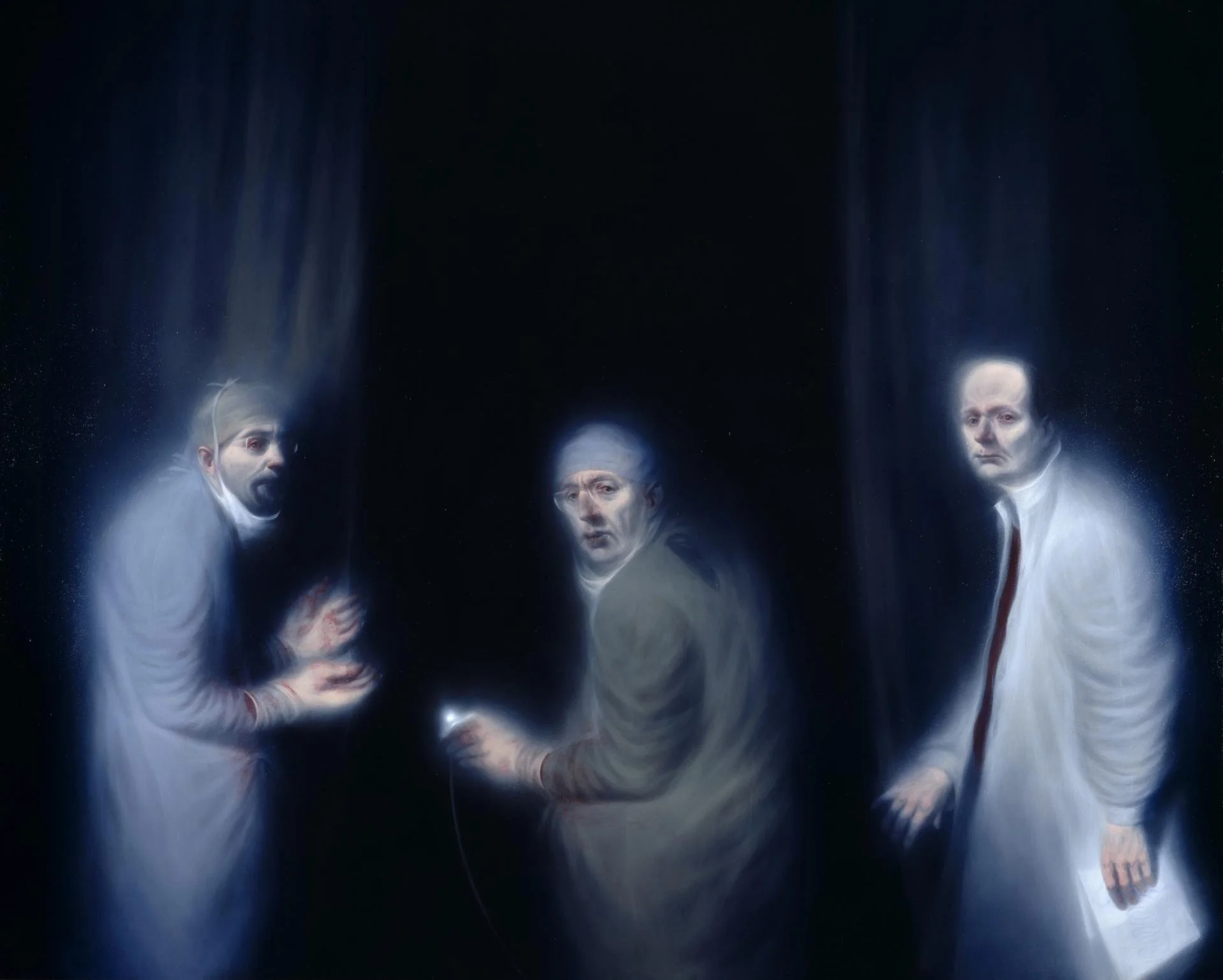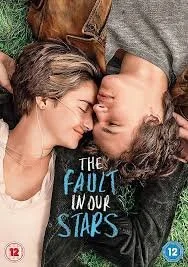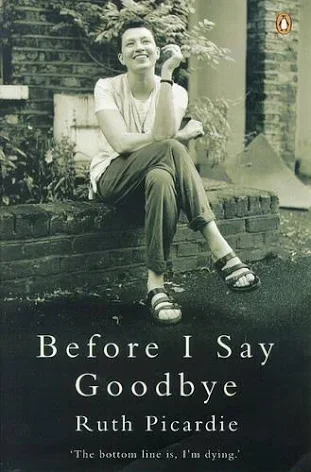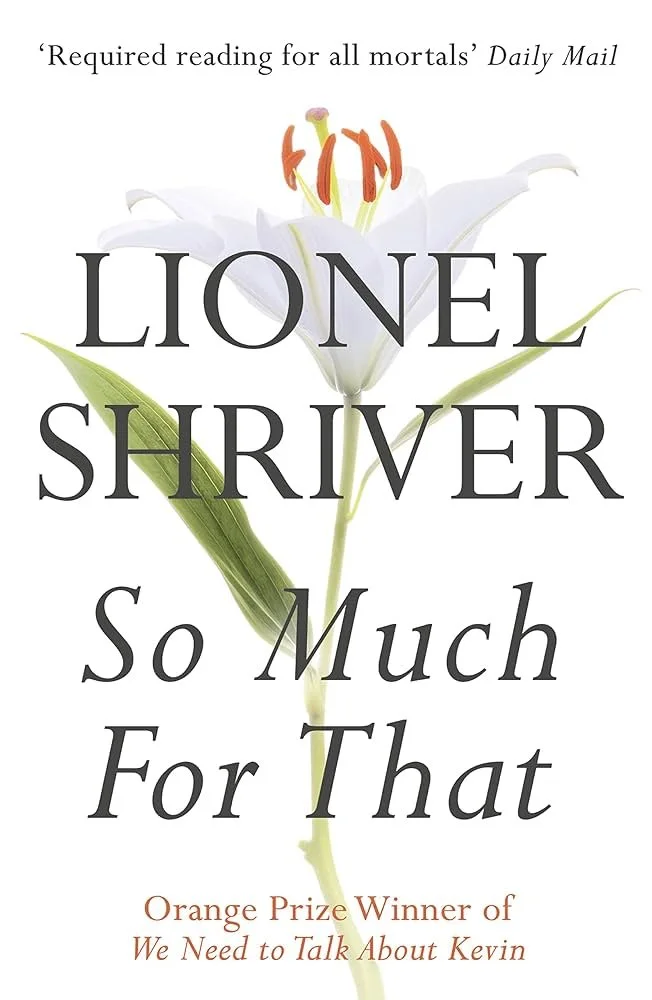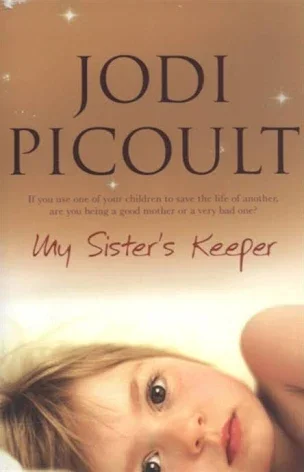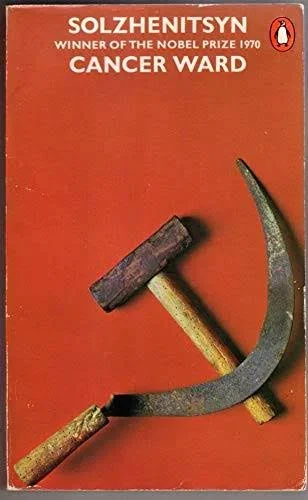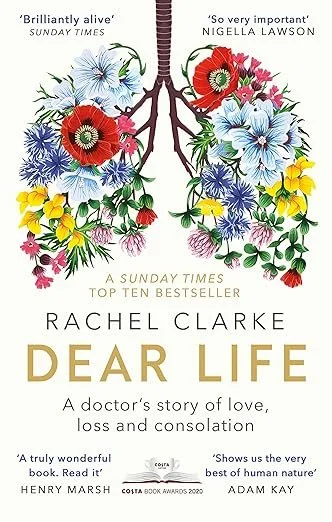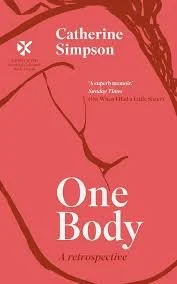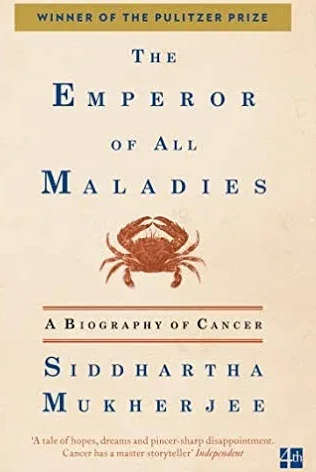Medical conditionCancer
introductionIn the early 1990s, when I was training to be a GP, cancer was associated with a certain and unpleasant death. The word ‘cancer’ was unspoken being referred to as the ‘Big C’. The hospice movement was in its infancy. One of the first books I remember reading that honestly discussed cancer even avoided using the word cancer in its title; ‘C’ by John Diamond. Now, the reader can find a whole genre of books and media articles in which patients and clinicians shared their experiences of life and death with cancer.
Key insightsOne in three of us will receive a diagnosis of cancer at some point in our lives.
Being diagnosed with cancer is a significant life event.
Cancer is now openly discussed by clinicians and their patients in both the medical setting, the media and in art.
General OverviewDespite many cancers now being curable and diagnosed before symptoms occur, people still associate the diagnosis of cancer with suffering and a reduced life expectancy.
Cancer is now so openly discussed and written about it may lead us to believe that we can anticipate how someone might react to its diagnosis. How people respond to having cancer and make choices about treatment and care is a uniquely individual experience.
Art ResourcesArt offers a way to express and explore the experience of cancer . These works invite reflection, discussion, and new perspectives on cancer.
-
Reproduced under Creative Commons license
Possibly the most well-recognised painting associated with chronic pain is Frida Kahlo’s ‘A Broken Column’. She painted this picture just after she had spinal surgery to correct the consequences of a life-changing traffic accident.
In what way does Frida convey her pain and suffering in this picture?
Poetry
Julia Darling
1956- 2005
‘Julia united humanity, creativity and health in her poetry, prose and plays.’
Julia was a prolific, and well-respected UK writer, poet and playwright. When she developed breast cancer she used her talent for writing poems to help her take control of her illness, improve her health and communicate with her doctors.
‘I wrote poetry in waiting rooms. I made up poems while I was having scans. Somehow this was defiant and empowering. I forgot to be a patient; I was so absorbed in another world’ ‘
I believe that poetry can help make you better. Poetry is essential, not a frill or a nicety. It comes to all of us when we most need it. As soon as we are in any kind of crisis, or anguish, that is when we reach out for poetry or find ourselves writing a poem for the first time.’
I have used Julia Darling’s wonderful poems many times in teaching. The two poems I have found to be most impactful are End (reproduced on the page about dying and death) and Too Heavy (reproduced below)
Why not buy Julia’s anthology of poems to use as a resource for teaching.
Words
Too Heavy by Julia Darling
Julia Darlings poem, Too Heavy, helps us to reflect on the words we ‘give’ to patients when talking to them about cancer. Words are impactful. They can give hope. They can show compassion and understanding. They can also be misunderstood and create a barrier between patient and clinician.
Think about the terms you have heard used to describe the impact of cancer on someone’s life. You may recall how many times military metaphors are used when talking about cancer.
Cancer invades a patient’s body, leading to the patient battling with symptoms, hoping to conquer the aggressive enemy within, but it’s not a fair fight and so cancer often wins, and the patient loses his or her battle. Patients often say they don’t have cancer they fight it, and drug companies and charities use this language in their fundraising campaigns to conquer cancer.
Metaphors can be helpful, but care needs to be taken that their use is helpful to the patient.
This Radio 4 podcast is an excellent discussion of the impact of words and language on people who have cancer.
-
Reproduced under Creative Commons license
Possibly the most well-recognised painting associated with chronic pain is Frida Kahlo’s ‘A Broken Column’. She painted this picture just after she had spinal surgery to correct the consequences of a life-changing traffic accident.
In what way does Frida convey her pain and suffering in this picture?
Paintings
2002
The Three Oncologists
by Ken Currie
Reproduced for educational use.
How are the doctors portrayed?
Where is the patient?
What thoughts does this painting provoke?
FilmsThere are many films in which the lead protagonist has cancer. Many are overly sentimental, and the illness portrayed do not reflect the common forms of cancer seen in real life. All can be used in teaching as a catalyst for learning. If you have a film to recommend for this page please use the contact me facility to share it with me.
This article discusses how Hollywood films portray cancer.
-
Wit
2001Vivian Bearing (played by Emma Thomson) a professor of English Literature, is the main protagonist. The film is her story of diagnosis with advanced ovarian cancer, the treatment and her reflections on dying.
One of the most powerful scenes is where her consultant shares the news of her diagnosis, it’s a masterful portrayal of how not to break bad news.
-
The Doctor
1991This film stars William Hurt as Jack McKee, a doctor who undergoes a transformation in his views about life, illness and human relationships following his diagnosis of laryngeal cancer.
-
The Fault in Our Stars
(2024)
This has been recommended to me - but I’ve not watched it yet. (it is based on the book by John Green)
-
The Land of Pain
by Alphonse Daudet
Daudet’s journal of incurable pain contains vivid reflections:“Pain has a life of its own.”
“It’s bearable, and yet I cannot bear it.”
“Pain is always new to the sufferer, but it loses its originality for those around him.”
BooksThere are many books written cancer, many are written by patients and clinicians (who are sometimes also the patient). Here are some that are useful resources in teaching.
-
Before I Say Goodbye
by Ruth Picardie (1998)
When Ruth was diagnosed with terminal breast cancer it was not common to read about cancer in the media. Ruth’s sister, Justine, editor of the Observer Magazine, Life encouraged her to write a column about her experience cancer. The column was called ‘Before I Say Goodbye’. It quickly gained many followers. In the end Ruth only completed five columns before she became too ill to write. After Ruth’s death, Matt, her husband collated and published the columns and a collection of emails Ruth wrote to friends and family. These were published in 1998 as the book ‘Before I Say Goodbye’.
In her book, Ruth said, ‘what hurts most is losing the future. I won’t be there to clap when my beloved babies learn to write their names.’
I’m sure that Ruth’s book encouraged other people to share their stories and talk openly about their hopes and fears.
-
So Much for That
by Lionel Shriver (2010)
The novel tells the story of Shep and Glynis; their friends and family. Shep’s dream to sell his business and retire to ‘paradise’ must go on hold when Glynis reveals she has a rare and fast-growing cancer and needs both his medical insurance and savings. As Glynis’s cancer progresses her care costs increase, the couple are forced to face the impossible question; how much money is Glynis’s life worth? Shriver explores the deeply uncomfortable interface between health and wealth in America and the impact of chronic illness on relationships. The story also highlights the challenges clinicians and patients face in deciding when to stop active treatment and start palliative care.
-
My Sister’s Keeper
by Jodie Picoult (2013)
-
Cancer Ward
by Aleksandr Solzhenitsyn (1955)
Solzhenitsyn’s novel tells the story of a small group of patients on a cancer ward in Tashkent. It is set just after the end of Stalin’s reign over the USSR and describes the ordeal of suffering from cancer with no treatment other than that offered by an under resourced squalid local hospital.
-
Dear Life
by Rachel Clark (2020)This is a moving narrative of her experiences as a daughter and palliative care consultant. The book has been serialised on Radio 4 and can be heard on BBC Sounds.
When I read her the book one experience while she was a junior doctor particularly resonated with me. She refers to an event where she stopped active treatment for a patient with terminal cancer allowing him to die with dignity, she says how difficult she found it to do the right thing.
-
When Breath becomes Air
by Paul Kalanithi (2016)
This is a non-fiction autobiographical account of neurosurgeon Paul Kalanithi’s experience of lung cancer. Paul’s observations are useful to help students and clinicians explore the role of the doctor and the challenges of becoming a patient.
-
One Body
by Catherine Simpson
There are some wonderful passages in Catherine’s book to use in teaching. She tells the story of her life through the changes in her body, the most challenging being those that occur in in response to developing cancer.
-
The Emperor of all Maladies
by Siddhartha Mukherjee
This non-fiction book sets the scene for exploring the impact of cancer.
prompt Now it’s your turn
Have you watched or read anything recently that helped you understand a patient’s experience of cancer?
Did this change the way you provide care for patients, if so how?
page updated september 2025

